Predictions & Data for this entry
| Model: abj | climate: Cfb, Dfb | migrate: | phylum: |
| COMPLETE = 2.5 | ecozone: THp | food: biD | class: |
| MRE = 0.130 | habitat: 0iFp, 0iFl, 0iFm, 0iFc | gender: D | order: |
| SMSE = 0.042 | embryo: Fbf | reprod: O | family: |
Zero-variate data
| Data | Observed | Predicted | (RE) | Unit | Description | Reference |
|---|---|---|---|---|---|---|
| ab | 33.6 | 33.53 | (0.001968) | d | age at birth | McCaPasc1988 |
| tp | 180 | 164.8 | (0.08454) | d | time since birth at puberty | guess |
| am | 470 | 476.1 | (0.01307) | d | life span | Zimm2011 |
| Lb | 0.2 | 0.1981 | (0.009685) | cm | total length at birth | McCaPasc1988 |
| Lp | 0.8 | 0.6889 | (0.1389) | cm | total length at puberty | McCaPasc1988 |
| Li | 1.146 | 1.443 | (0.2591) | cm | ultimate total length | McCaPasc1988 |
| Wwb | 0.135 | 0.1292 | (0.04261) | mg | wet weight at birth | SutcCarr1981 |
| Wwp | 5 | 5.438 | (0.08752) | mg | wet weight at puberty | SutcCarr1981 |
| Wwi | 51 | 49.97 | (0.0201) | mg | ultimate wet weight | SutcCarr1981 |
| Ri | 0.7333 | 0.7049 | (0.03876) | #/d | maximum reprod rate | SutcCarr1981 |
Uni- and bivariate data
| Data | Figure | Independent variable | Dependent variable | (RE) | Reference |
|---|---|---|---|---|---|
| tL4 | 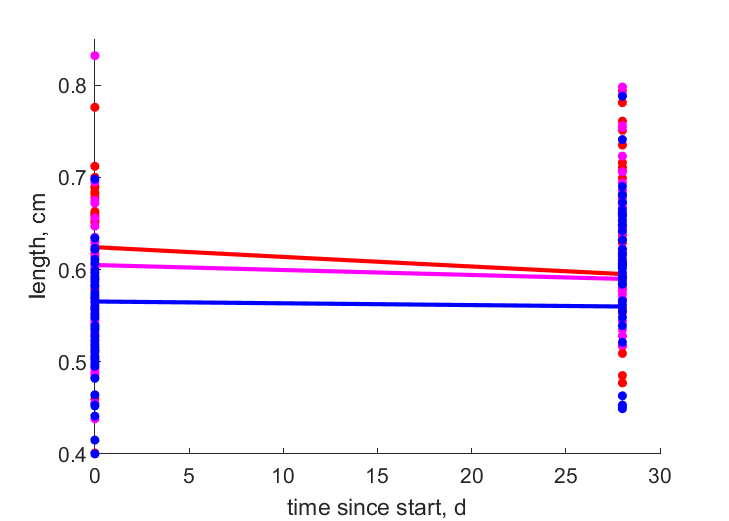 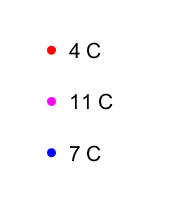 | time since start | length | (0.1189) | Huan2021 |
| tL3 |   | time since start | length | (0.1045) | Huan2021 |
| tL2 |   | time since start | length | (0.1003) | Huan2021 |
| tL7 | 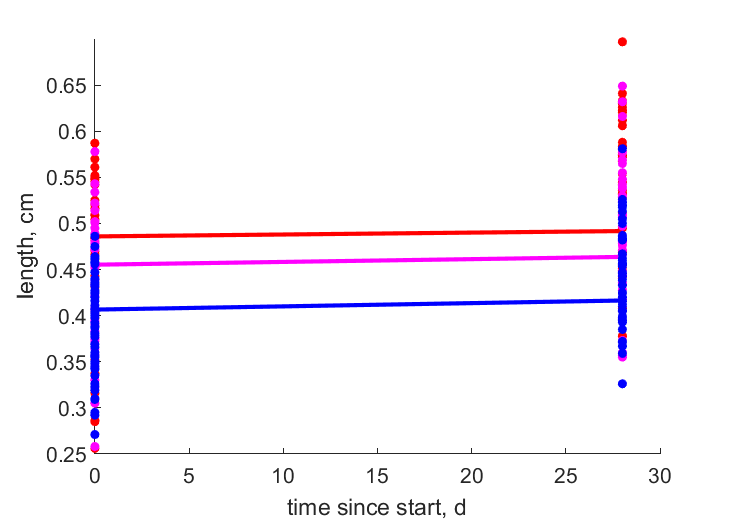  | time since start | length | (0.1463) | Huan2021 |
| tL6 |   | time since start | length | (0.1243) | Huan2021 |
| tL5 |   | time since start | length | (0.1093) | Huan2021 |
| tW_f | 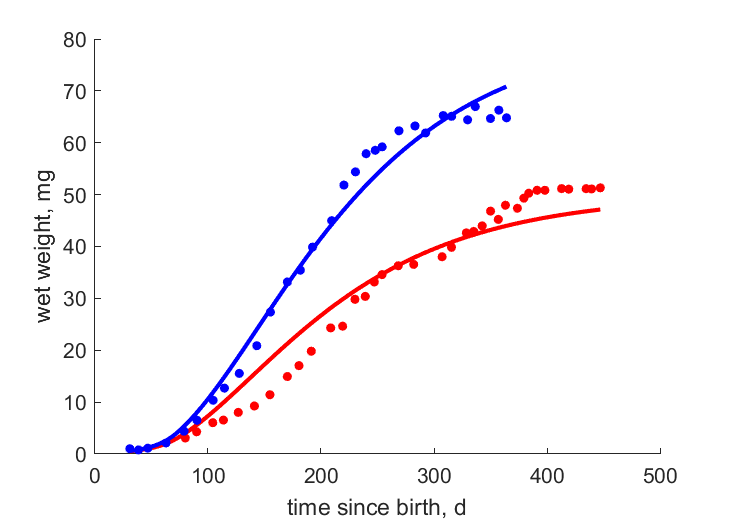 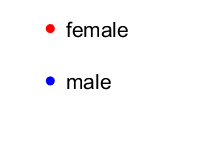 | time since birth | wet weight | (0.1001) | SutcCarr1981 |
| tW_m |   | time since birth | wet weight | (0.8868) | SutcCarr1981 |
| Tab | 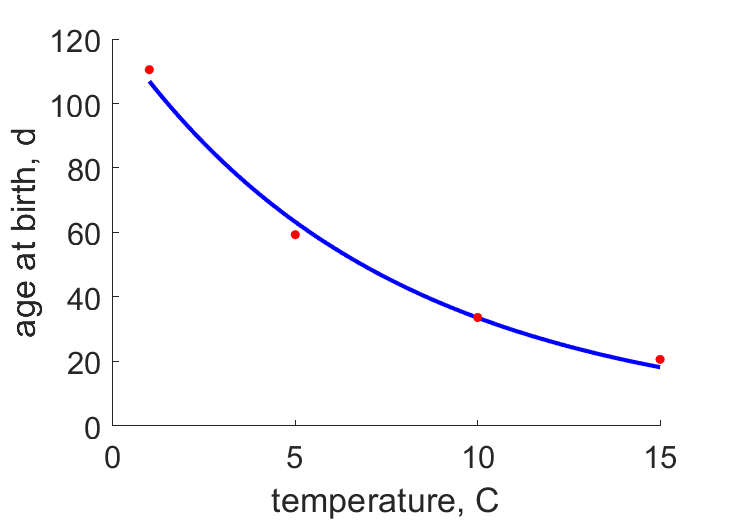 | temperature | age at birth | (0.04491) | Nils1977 |
| tL | 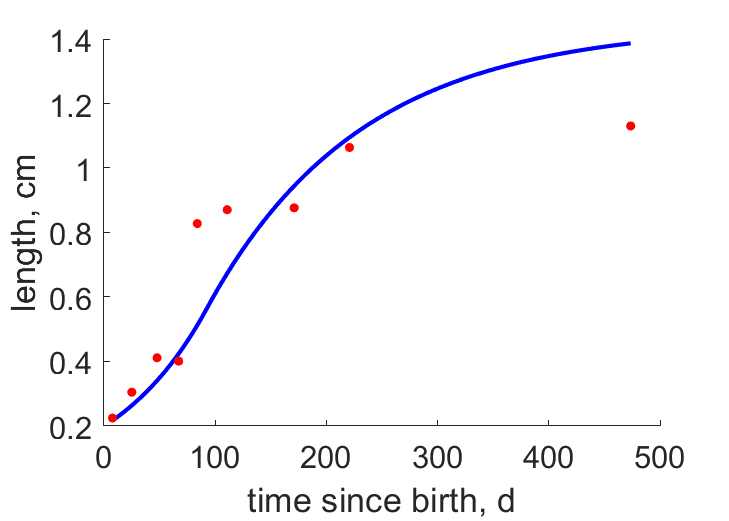 | time since birth | length | (0.1653) | McCaPasc1988 |
Pseudo-data at Tref = 20°C
| Data | Generalised animal | Gammarus pulex | Unit | Description |
|---|---|---|---|---|
| v | 0.02 | 0.01776 | cm/d | energy conductance |
| p_M | 18 | 323.4 | J/d.cm^3 | vol-spec som maint |
| k_J | 0.002 | 0.002 | 1/d | maturity maint rate coefficient |
| k | 0.3 | 0.02754 | - | maintenance ratio |
| kap | 0.8 | 0.8942 | - | allocation fraction to soma |
| kap_G | 0.8 | 0.7987 | - | growth efficiency |
| kap_R | 0.95 | 0.95 | - | reproduction efficiency |
Discussion
- Males are assumed to differ from females by {p_Am} only
- mod 3: tL data added for different temperatures
- mod_4: males have equal state variables at b, compared to females
Bibliography